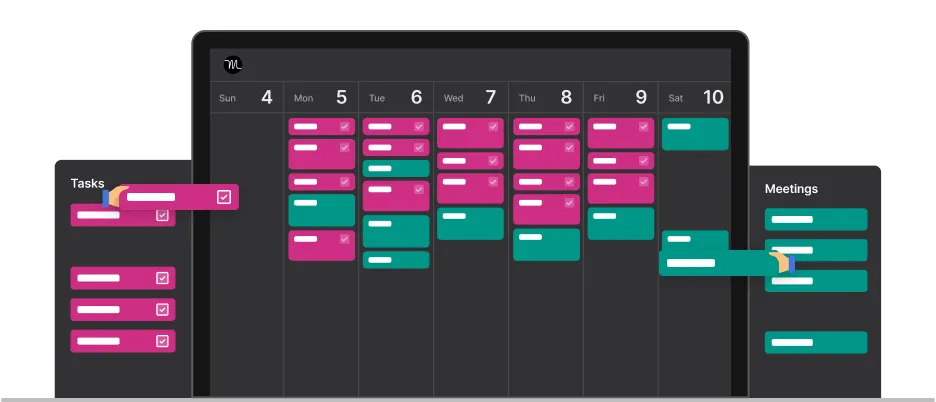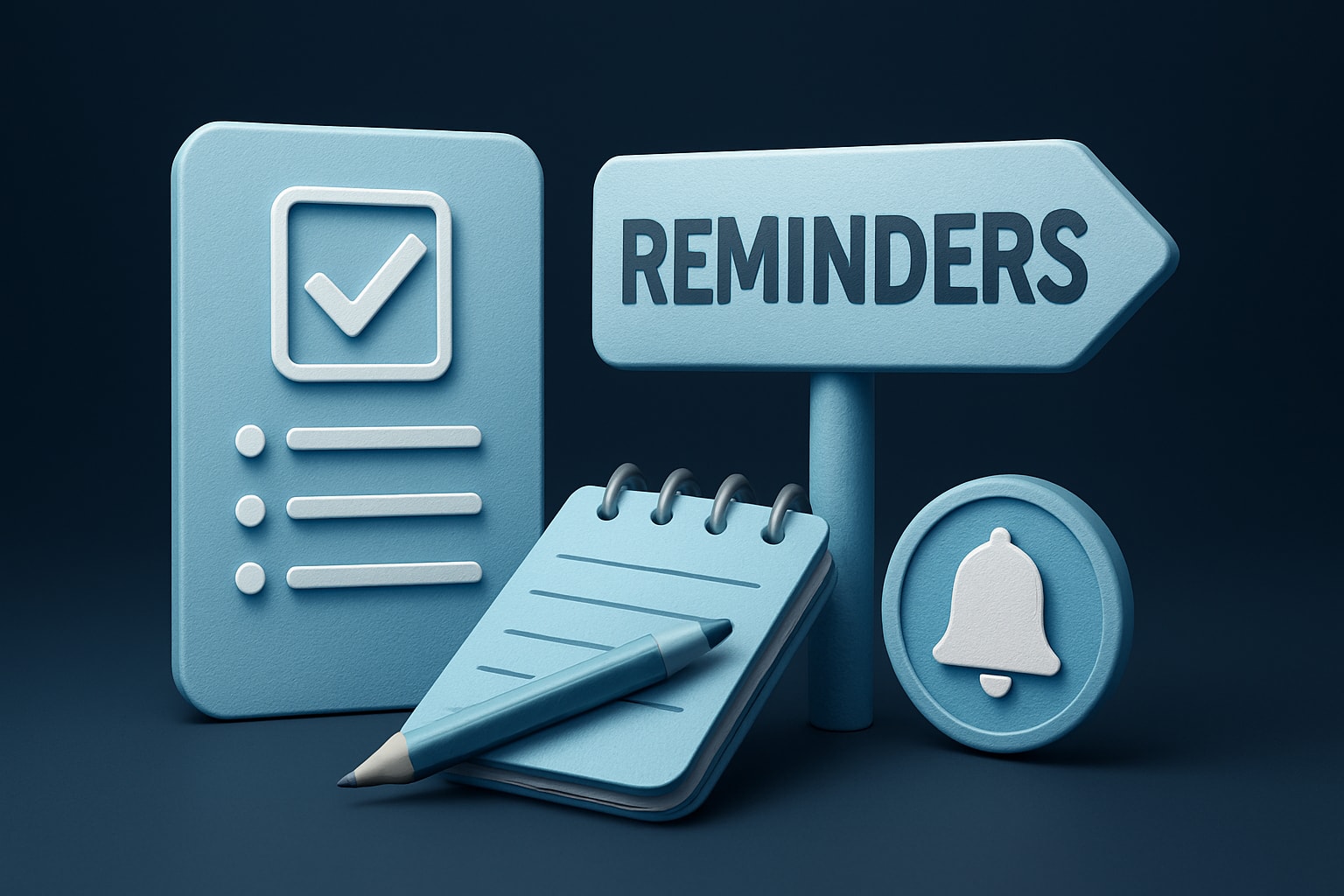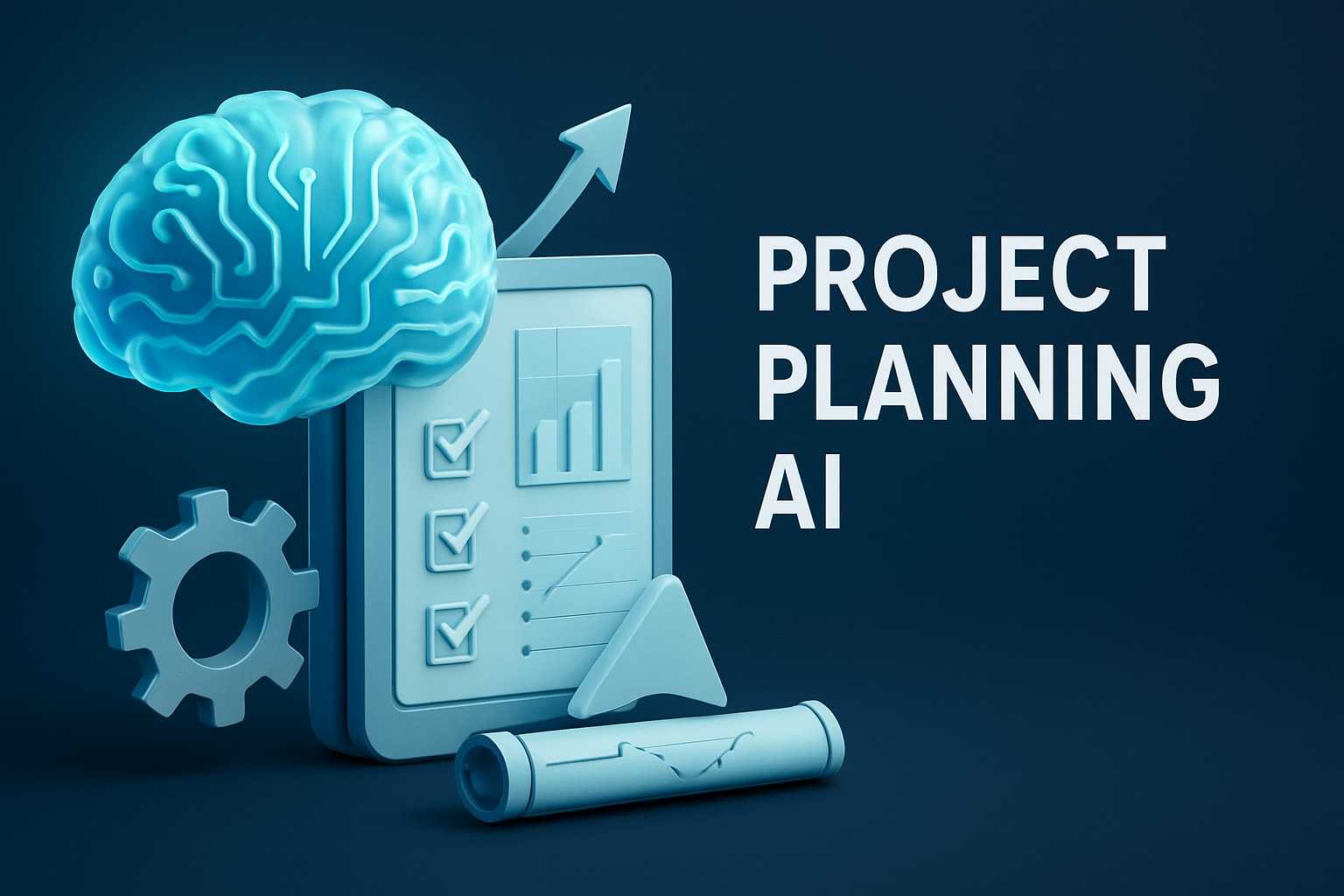Keeping projects on track can be a challenge for any business, especially when juggling countless tasks, tight deadlines, and unexpected curveballs. At TaskFlow.Inc, we often implement a suite of AI-driven solutions to help businesses optimize their workflow. One standout tool in our arsenal is Motion, an AI-powered scheduling application that streamlines how teams plan, prioritize, and manage their daily tasks. With Motion, teams can effortlessly create and execute taskflow operator project blueprints that outline the most efficient paths to achieve their goals. This not only enhances productivity but also fosters better collaboration among team members, as everyone is aligned with the project’s objectives. By leveraging these AI-driven insights, businesses can ultimately reduce delays and increase their overall success rate.
Below, we’ll walk you through the essentials of creating an effective schedule and introduce a practical example of how integrating an AI tool like Motion can boost your team’s productivity and reduce stress.
Why Having a Schedule Matters
A well-structured schedule is much like an assembly manual—it lays out each step clearly so you know exactly where to focus your energy. Without a solid plan, tasks pile up and overwhelm sets in. Here are three reasons scheduling is critical:
- Smarter Time Management
There are only so many hours in a day, which means how you allocate your time directly impacts your output. Studies show that only about 12% of people schedule tasks in advance; everyone else does them on the fly. By planning intentionally, you won’t let tasks accumulate to the point of chaos. - Faster Goal Achievement
Research reveals that effective time allocation improves productivity and helps individuals reach their goals more quickly. A schedule aligns daily activities with larger objectives, breaking bigger goals down into manageable steps and providing realistic time frames for each milestone. - Lower Stress Levels
Feeling swamped at work often leads to anxiety and burnout. A clear schedule helps you avoid last-minute scrambles and missed deadlines—common triggers for stress. When tasks are organized, it’s easier to stay calm and confident throughout the day.
4 Common Types of Schedules
Your approach to scheduling can vary depending on your work style, industry, or personal preference. Here are four types of schedules we see frequently:
- Daily Schedule
Designed around a single 24-hour span, a daily schedule pinpoints tasks, meetings, and deadlines for one day at a time. It’s ideal for lawyers, doctors, or anyone who must juggle back-to-back appointments. - Weekly Schedule
By mapping out a full seven days, a weekly schedule offers a broader view of tasks and events. Project managers and event coordinators often prefer this style, as it helps balance workloads across several days. - Block Schedule
This method carves your day into longer blocks—each ranging from one to four hours—and assigns a single task (or related tasks) to each block. Writers, researchers, and creative professionals use block scheduling to achieve uninterrupted “deep work.” - Bullet Journal
Combining a to-do list with a personal journal, bullet journaling includes note-taking, task logs, and reflection all in one place. The flexible design allows room for creativity and self-expression while still maintaining a structured plan.
3 Methods for Structuring Your Tasks
No matter which type of schedule you choose, you’ll need a method for assigning tasks. Here are three popular strategies:
- Hourly Scheduling
Perfect for detail-oriented individuals or time-sensitive projects. You break down tasks by the hour, ensuring each to-do has a designated slot on your calendar. - Priority Scheduling
Focuses on which items need immediate attention rather than on how long each might take. Tasks with the tightest deadlines or highest importance go first. - Deadline Scheduling
Ideal for those who thrive under time constraints. You place tasks in order of due date, prioritizing those that must be finished earliest.
6 Steps to Build a Schedule You’ll Actually Follow
Crafting a schedule is straightforward; sticking to it can be trickier. These six steps will help you set up a plan that aligns with your goals and capacity:
1. Create a To-Do List
Gather all your pending tasks—both personal and professional—into one list. Methods like Getting Things Done (GTD) can help you categorize and break them down into tangible steps.
2. Set Priorities
Rank tasks based on importance or looming deadlines. Don’t be swayed by ease of completion; focus on what truly matters. High-priority items should receive your attention first.
3. Establish Deadlines
Deadlines keep you accountable. Assign each task a clear due date to reduce procrastination and maintain momentum. Meeting these smaller deadlines gives you a motivational boost, helping you push forward on the bigger ones.
4. Identify Recurring Tasks
If certain tasks or meetings occur regularly, plan them in advance so you’re never caught off guard. Studies reveal that more than half of professionals spend up to two hours per day scheduling repetitive tasks—much of which can be automated.
5. Organize and Adjust
Decide on a scheduling method (hourly, priority, or deadline) that suits your style. Don’t be shy about revisiting and refining your plan. If you notice tasks that pair well, group them; if something can be delegated, delegate it.
6. Stay Flexible
Business environments are unpredictable. Meetings pop up, urgent items land in your inbox, and tasks shift priority. Build buffer time into your schedule for such surprises, and consider using an online scheduler that lets you drag and drop tasks without rewriting everything.
3 Extra Tips for a More Effective Schedule
- Don’t Overcommit
Be honest about how long tasks really take. Trying to accomplish an unrealistic number of items daily can leave you overwhelmed and demoralized. - Leverage Peak Productivity Hours
Identify when you’re most productive—morning, midday, or late afternoon—and schedule your hardest tasks during these periods. - Use AI-Driven Tools
Automating your scheduling is a game-changer. TaskFlow Inc frequently recommends AI tools like Motion to handle repetitive time-management steps automatically, ensuring you focus on what truly matters.
How Motion Fits into TaskFlow Inc’s AI Automation Packages
Many businesses partner with TaskFlow Inc to integrate advanced AI solutions throughout their operations. One of our favorite additions to a company’s toolkit is Motion—an intelligent scheduling platform that organizes your day with minimal manual input.
- Automatic Task Assignments: Once you input deadlines or priorities, Motion places each task into an optimal time slot.
- Adaptive Calendar Updates: If a meeting runs longer than expected or a new task appears out of nowhere, the AI recalculates your schedule in seconds.
- Reminders & Deadline Alerts: Worried about forgetting an important task? Motion’s alerts help you stay on track.
- Straightforward Interface: The user-friendly design means there’s no steep learning curve. Most teams adopt it within minutes.
TaskFlow Inc has seen clients dramatically cut down on scheduling hours and missed deadlines after adopting Motion in tandem with other AI-driven workflow enhancements. Our role is to guide you through the process—customizing the tool for your specific tasks, training your team, and measuring the resulting efficiency gains.
Let AI Handle the Scheduling—So You Don’t Have To
Time is a valuable resource, and manually planning each hour is hardly the most strategic way to use it. Integrating Motion into a broader AI automation strategy not only keeps schedules up to date but also frees employees to focus on high-value tasks—like creative projects, client relationships, or strategic decision-making.
If you’re ready to optimize your business operations, TaskFlow Inc can help. We’ll implement a custom suite of AI tools, including Motion, that seamlessly works with your current systems and processes. From there, our experts train your team to make the most out of every feature, ensuring you get both immediate and long-term benefits.
Final Thoughts
A strong schedule prevents chaos and burnout, enabling individuals and entire organizations to perform at their best. Whether you prefer daily, weekly, block, or bullet-style scheduling—and whether you lean on hourly, priority, or deadline methods—the important part is creating a plan that’s realistic and adaptable.
Couple that with an AI-powered solution like Motion—which TaskFlow.Inc frequently incorporates into our AI automation packages—and you’ll have a schedule that practically runs itself. Less time micromanaging tasks means more energy for strategic thinking and creative problem-solving. By leveraging task automation strategies for efficiency, teams can streamline their workflows and focus on high-impact projects. This not only boosts productivity but also enhances collaboration, as team members can spend more time working together on innovative solutions. As a result, businesses are better positioned to adapt to changing demands and drive sustainable growth.
Ready to automate your scheduling and discover the power of AI integration?
Reach out to TaskFlow.inc to explore how our comprehensive AI solutions can enhance your team’s productivity and drive sustainable business growth. As one of the top AI automation companies, we offer tailored solutions that integrate seamlessly into your existing workflows. Our innovative technologies not only streamline processes but also empower your team to focus on high-impact tasks. Discover the difference that our expertise can make in achieving your business objectives.





